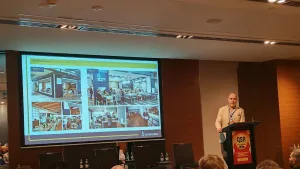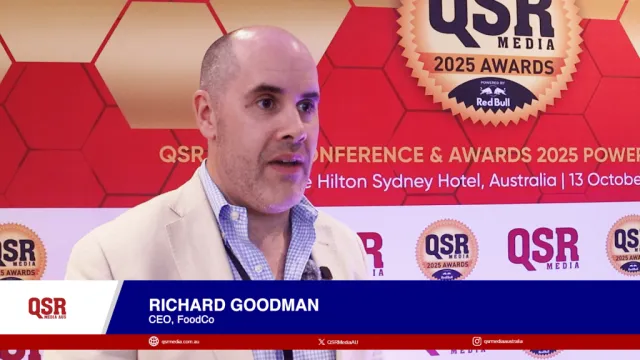Join the community
Thought Leadership Centre
Most Read
1. Weekly Global Wrap: Cotti launches in Dubai; Taco Bell hops on dip trends; McDonald's removes AI ad 2. Social Media Wrap: Gloria Jean's new cherry drinks; Betty's Burgers adds fourth type of bun; Pappa Flock reveals new summer drink 3. Dragon Hot Pot enters NSW with Sydney flagship launch 4. 2025: Australia's Year in Review 5. Get to know Blue Coral Concepts’ new Managing DirectorResource Center
Awards
Oct
12
Events
Event News
Executive insights
Why Macca’s spends $60m on training annually
1 in 12 Australians often get their first job from the fast-food chain.


















Commentary
Quick guide on getting your franchise marketing right on the first try
Quick guide on getting your franchise marketing right on the first try
3 rules to keep a skyrocketing business revenue trend for QSR's
The Power of Pinterest
How the Changes in the Fair Work Amendment Act affect QSR employers
How CFOs can effectively use data analytics to improve processes
Is your QSR chain ready for multichannel marketing? 5 things You must have in your online/offline marketing mix
The Top 4 things to consider when picking a new location for your QSR - Part 4: The CBD site
The Top 4 things to consider when picking a new location for your QSR - Part 3: The shopping centre or mall site
The Top 5 things to consider when picking a new location for your QSR - part 2: The Inline Site
The top 5 things to consider when picking a new site for your QSR - Part 1: Drive Thru
A new moment of truth for diners
Workers Compensation “Insurance” – did you know it isn’t?
Don't forget your briefs
Is your QSR marketing team in control?
Employees and social media: where does work end and home begin
What you do well and where you can improve your business?
Social media strategy, what the heck?